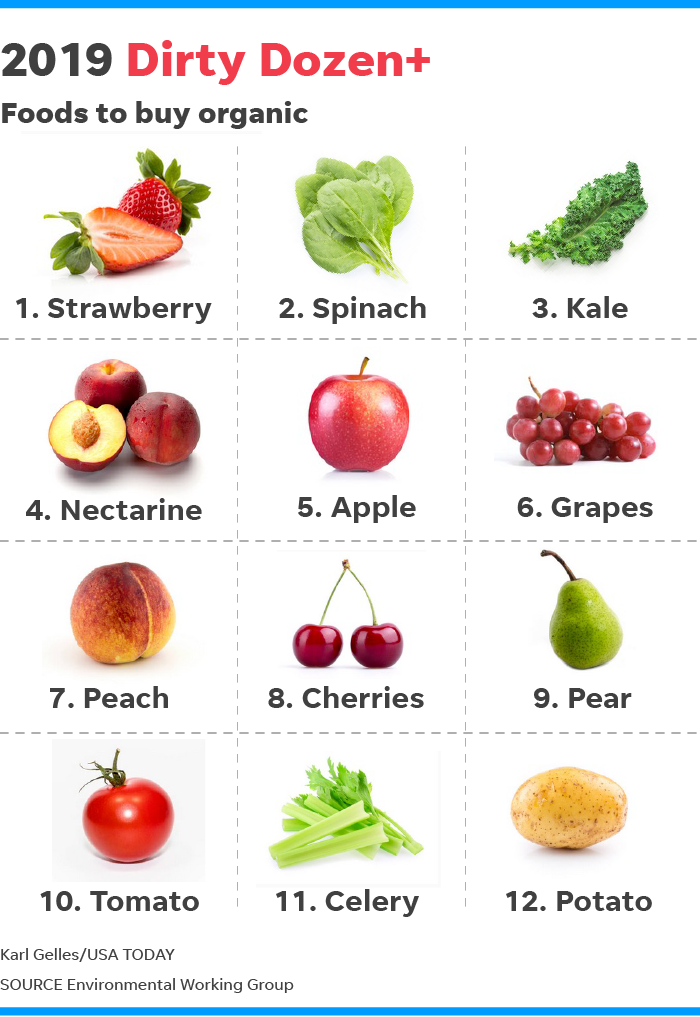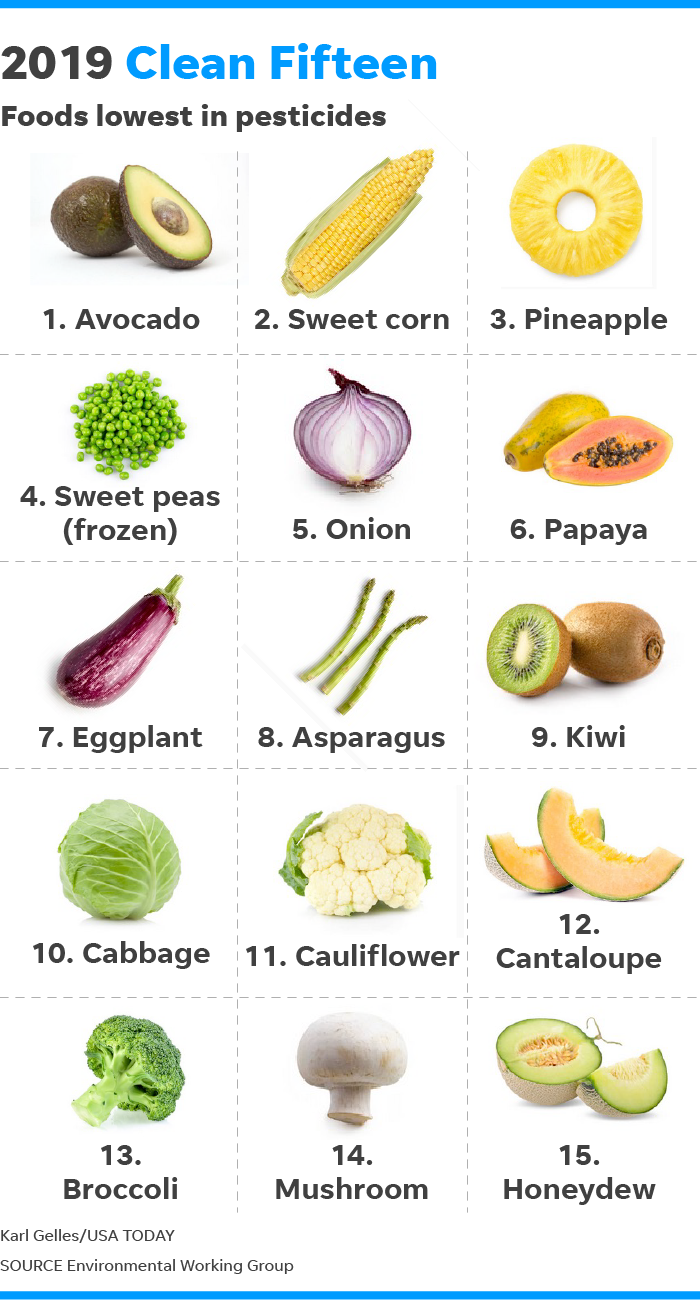Strawberries top list of crops with most pesticide residue
 Zlati Meyer
Zlati MeyerA list of the fruits and vegetables with the most pesticide residue has bad news and good news for Ventura County.
The bad news is that strawberries, our No. 1 crop, lead the Dirty Dozen list of crops with the most residue. But the good news is that avocados, Ventura County’s No. 6 crop, top the Clean Fifteen list of least-contaminated produce.
The list was put out Wednesday by the Environmental Working Group. After strawberries, the top five on the list include spinach, kale, nectarines and apples.
Also in the news:
- Roundup weed killer is major factor in man’s cancer, jury decides
- Support rises in all age groups for legal pot, poll finds
- Why Vintage Grocers just closed in Thousand Oaks, Pacific Palisades
The group found that more than 90 percent of samples of strawberries, apples, cherries, spinach, nectarines and kale tested positive for residues of two or more pesticides, while multiple samples of kale indicated the presence of 18 pesticides.
“Nearly 70 percent of the produce sold in the U.S. comes with pesticide residues,” the EWG said in its 2019 Shopper’s Guide to Pesticides in Produce, which analyzes U.S. Department of Agriculture test data.
The organization advises people to eat organic produce.
Seven percent of fruit and 11 percent of vegetables sold in the U.S. in 2018 were organic, according to the consumer data company Nielsen, which also found that 15 percent of frozen fruit and 5 percent of vegetables sold were organic.
The EWG explained that the guide was made to help consumers reduce their “pesticide exposures as much as possible” by reporting what fruits and veggies to buy organic and which conventional produce have low levels of pesticide residue.
The group pointed to research showing possibly connections to cancer and fertility and neurological problems.

EWG isn’t issuing a get-out-of-the-crisper-drawer-free card for veggie haters, though.
The activist organization also has a Clean Fifteen ranking, which highlights produce with the least pesticide residue. The top five are avocados, sweet corn, pineapples, frozen sweet peas and onions.
Less than 1 percent of avocados and sweet corn samples had detectable pesticides and more than 70 percent of Clean Fifteen samples had none.
“The federal government’s role in protecting our health, farm workers and the environment from harmful pesticides is in urgent need of reform,” the EWG said.
But in December, when the U.S. Department of Agriculture released the its 2017 pesticide data, it called the U.S.’s food supply “among the safest in the world” and said, “More than 99 percent of the samples tested had pesticide residues well below benchmark levels established by the Environmental Protection Agency.”
The data was from tests on fresh and processed foods, including fruits, vegetables, honey, milk and bottled water.

Teresa Thorne. a spokeswoman for the Alliance for Food and Farming, a Watsonville, California-based organization representing organic and conventional produce farmers, said EWG has been reporting on this for more than two decades and “it’s time to move away from it.”
She called the amount of pesticide residue on conventionally-grown and organic produce “so low” and cited scientific research that EWG’s suggestion that people instead eat more organic produce didn’t decrease their risk.
“To call more affordable and accessible forms of produce ’dirty’ doesn’t make any sense,” she said, adding that farmers “are doing everything they can to make sure they’re providing safe fruits and vegetables for their families and consumers alike.”
According to the Centers for Disease Control and Prevention, only one in 10 U.S. adults eats enough fruit or vegetables.
EWG said the calculations for its Shopper’s Guide rely on analysis of more than 40,900 samples taken by the federal government in the last year or two, because not every food is tested every year.
Follow USA TODAY reporter Zlati Meyer on Twitter: @ZlatiMeyer